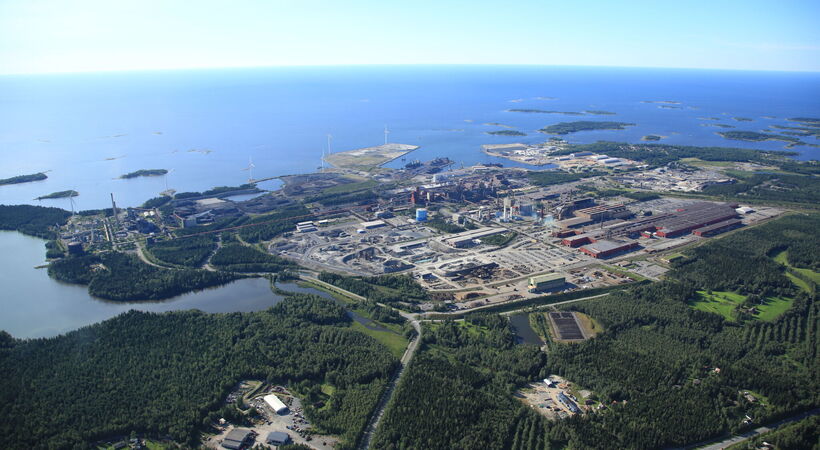The board of Swedish steelmaker SSAB has taken a policy decision to ‘fundamentally transform Nordic strip production and accelerate the company’s green transition’.
In light of strong demand for fossil-free steel, the company plans to replace its existing steelmaking processes with new minimill technology. The end result, claims SSAB, will be a broader product programme and an improved cost position.
SSAB claims that it intends to largely eliminate carbon dioxide emissions by around 2030, 15 years earlier than originally planned. To achieve this, however, the necessary infrastructure – access to fossil-free electricity in particular – must be in place in time.
The intention is to transform SSAB’s Nordic production system based on the current business strategy. The new system will mean increased capacity for premium products, an improved cost position and fossil-free production. Under the new plan, Luleå and Raahe will be transformed into cost-effective minimills, with electric arc furnaces and rolling mills. Borlänge and Hämeenlinna will be further developed in line with the new production processes.
Strategic investments in the new strip production system are expected to total approximately SEK 45 billion (US$4.7 billion) during 2022-2030. At the same time, this will eliminate the need to invest in existing systems with blast furnaces, steel plants and rolling mills.
“If we can resolve the question of power supply and environmental permits together with society, then we can make the transition 15 years earlier than the plan communicated previously.”
Martin Lindqvist, president and CEO of SSAB.
“Our customers are demanding fossil-free products from SSAB. We can solve the technical challenges and we have a strong financial position. If we can resolve the question of power supply and environmental permits together with society, then we can make the transition 15 years earlier than the plan communicated previously,” says Martin Lindqvist, president and CEO of SSAB.
Lindqvist said that SSAB can finance the plan through its own cash flow. He believes that the end result will be a broader product programme and an improved cost position.
Today’s decision means a transformation of SSAB’s other Nordic production sites over the next 10 years, which is considerably faster than its earlier objective of 2045. The first step will be to develop a more detailed transformation plan for each production site. The order of site transformation will depend, among other things, such as the availability of the necessary infrastructure, in particular access to competitive electricity. The plan means that all SSAB’s emissions will be largely eliminated at the beginning of the next decade, which will mean an emission reduction of more than 8Mt of carbon dioxide a year, compared with present levels. The investment, says SSAB, will enable a reduction of around 10% in Sweden’s total carbon dioxide emissions and around 7% in Finland’s.
On a global level, SSAB claims to be leading the green transition in the steel industry through its ‘unique HYBRIT initiative’.
The company is driving forward together with its partners, and the conversion at Oxelösund, which has already been planned.









